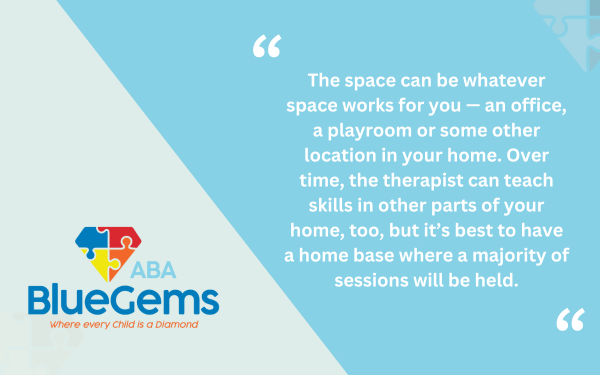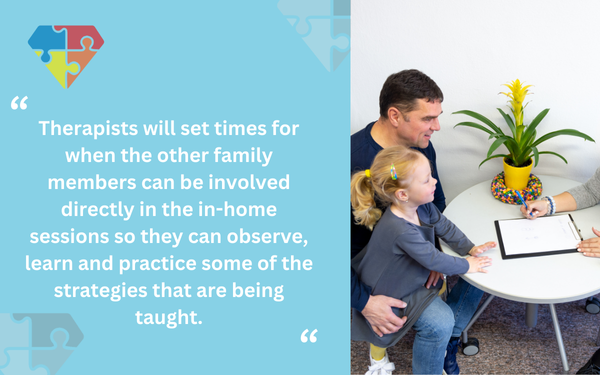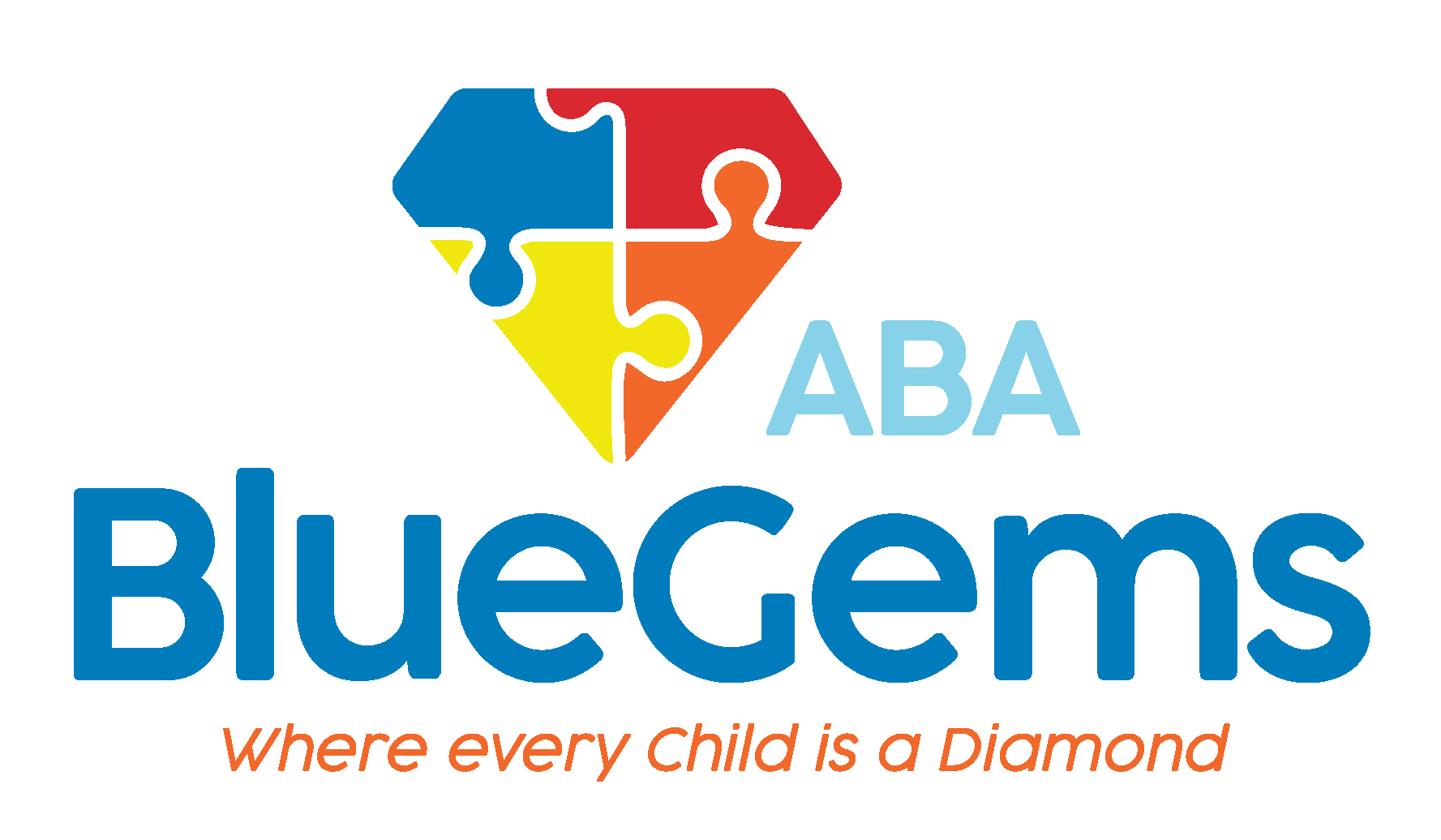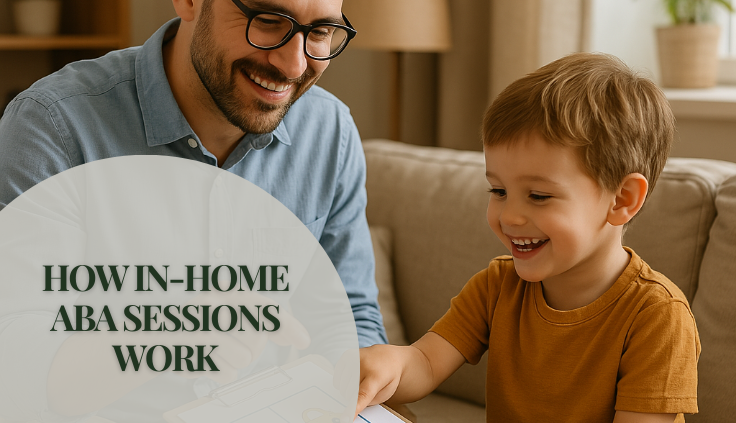How In-Home ABA Sessions Work
Applied behavior analysis (ABA therapy) is the leading treatment option for children with autism spectrum disorder (ASD). Among the many reasons for this is the fact that ABA therapy treatment plans are flexible, customizable and adaptable to each individual child’s unique strengths and challenges.
ABA therapy can either be administered in a clinical setting or even at your own home. Many parents prefer in-home ABA therapy because of how convenient it is for them and their family.
More so than that, though, in-home ABA therapy provides a wealth of benefits for children with autism, too, including comfort and peace of mind, familiarity with the environment and not having to change daily routines.
As a parent of a child on the autism spectrum, you might be wondering how in-home ABA therapy sessions work. We’ll provide a general outlook for sessions below.
Table Of Contents
Where Are In-Home ABA Sessions Held?
A great part about in-home ABA sessions is that they can be held in any part of the home that works best for you, your child and your family. Having the therapy in your home also allows your child to learn skills as they apply directly to the environment with which they’re most comfortable.
With this being said, your child’s therapist will often ask that a separate space in your home be dedicated to the “base” for sessions. It’s best to try to set aside a space that would be the most conducive to allowing your child to focus and concentrate on what they’re being taught.
| Possible Home Spaces | Benefits |
|---|---|
| Office | Quiet, isolated, good for focus |
| Playroom | Familiar, child-friendly environment |
| Living Room | Accessible, central location |
This can be whatever space works for you — an office, a playroom or some other location in your home. Over time, the therapist can teach skills in other parts of your home, too, but it’s best to have a home base where a majority of sessions will be held.

How is a Treatment Plan Created?
As mentioned, ABA therapy plans are highly customized to each individual child. To start, your child’s ABA therapy team will need to observe your child, talk with you about their needs and challenges, and interact with them directly.
| Treatment Plan Steps | Purpose | Outcome |
|---|---|---|
| Observation | Understand child’s behavior | Initial assessment |
| Parental Discussion | Gather parental input | Customized goals |
| Child Interaction | Direct engagement | Relationship building |
| Plan Development | Create targeted strategies | Individualized treatment |
| Ongoing Adjustments | Monitor progress | Refined goals |
For in-home ABA sessions, therapists will often start by meeting your child, interacting with them in a casual play-based way and having conversations with you as well.
From all of this information, they will create a therapy plan that specifically targets certain skills and/or problematic behaviors. Your therapist may use many different strategies to teach the skills — based on your child’s preferences, challenges and likes, for example — and then apply them using your home environment.
As the therapy is administered, the therapist will be collecting a lot of data, which will then be analyzed later to track your child’s progress toward stated goals. If changes or adjustments are needed, they will be made based on this data.
What is Needed for In-Home ABA Sessions?
Aside from the separate space for sessions, therapists will typically ask for things that the child likes to do. Again, they will cater the treatment plan partly around what motivates your child, such as rewarding them with time with a toy they love when they successfully complete a task.
| Items Often Requested | Use in Sessions |
|---|---|
| Favorite Toys | Rewards and motivation |
| Games | Skill development through play |
| Familiar Objects | Comfort and engagement |
So, in addition to the room itself, you may be asked to make available different toys, games and objects that your child is familiar with and likes. Your therapist will then work to integrate these items into therapy sessions to keep your child on track, focused and motivated to learn.
Who Else Needs to Be in the Home?
While your child will be spending a lot of one-on-one time with the therapist, there should always be an adult present in the home during in-home ABA sessions. It doesn’t need to be one set person, but rather just an adult who can answer any questions or provide assistance if need be.
| Adult Roles During Sessions | Responsibilities |
|---|---|
| Available for Questions | Assist therapist if needed |
| Participating in Training | Learn ABA strategies |
| Reinforcing Skills | Practice techniques outside of sessions |
A big part of ABA therapy is involving parents, caregivers and other family members. This ensures that the skills that are taught to children with autism during sessions can be emphasized in real-world scenarios when the sessions are over.
Therapists will set times for when the other family members can be involved directly in the in-home sessions so they can observe, learn and practice some of the strategies that are being taught. This will be done around when it’s best for the people who will be participating, so that there’s as little disruption to daily schedules as possible.

Blue Gems ABA Administers In-Home ABA Therapy Sessions
In-home ABA therapy is the preferred method of administering ABA therapy sessions for many parents because of the convenience it provides. There are also many other benefits that it provides over therapy in a clinical setting.
At Blue Gems ABA, we have a team of professionals who administers in-home ABA sessions. We cater each treatment plan to every individual patient, so that we can most effectively help them gain the communication, social and daily life skills with which they typically struggle.
To learn more, please contact us today.




